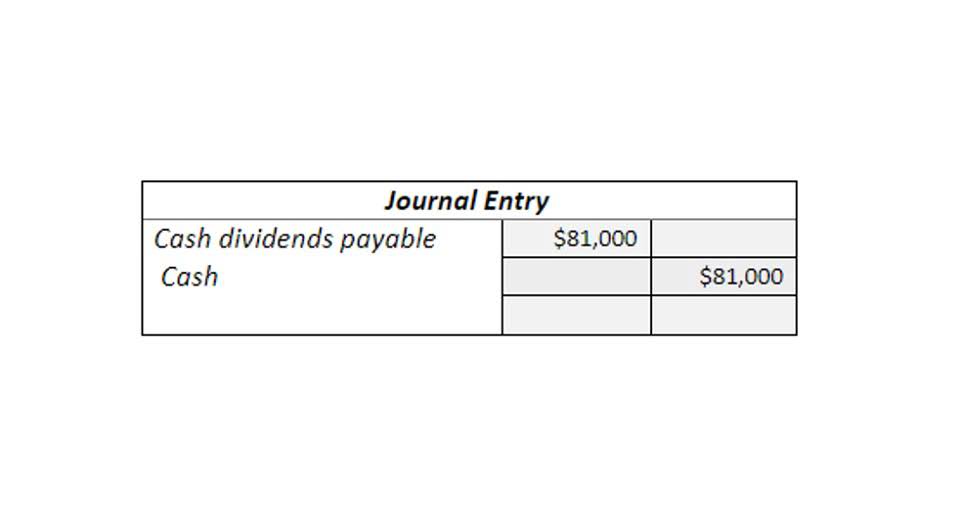How to find transposition errors in a trial balance American Institute of Professional Bookkeepers

Regular reconciliation of accounts and thorough review processes are effective strategies to identify and correct omission errors. To mitigate the risk of transposition errors, organizations can implement a series of methodical checks and balances. One effective strategy is the use CARES Act of double-entry accounting, a system where each transaction is entered twice, once as a debit and once as a credit. This practice helps to ensure that for every action recorded, there is a corresponding and equal reaction, making it easier to spot inconsistencies that may indicate a transposition error. Another type of transposition error is where the reversed order of two consecutive digits causes significant inconsistencies. A bookkeeper may accidentally transfer an invoice number to the balance sheet when they are recording the invoice.
- By analyzing vast amounts of financial data, machine learning algorithms can learn to recognize patterns and flag transactions that deviate from the norm.
- This involves cross-referencing each account balance in the trial balance with its corresponding ledger entry.
- Moreover, the incorrect information on tax forms, shareholder reports and other accounting documents can give a false perception of fraudulent activities.
- These errors occur as a result of failing or omitting to record a transaction at all or mistakenly record the debit or credit not corresponding to its double entry.
- The goal is to gather sufficient information to not only correct the error but also to implement measures that prevent its recurrence.
Entry Reversal

A closing error occurs when entries are added or changed after you’ve closed the books. Closing the books means that all data has been entered and accounts are reconciled for a specific time period. Duplication errors can have a substantial impact on your accounting system or any outcome, depending on what entry was duplicated. It’s possible to duplicate anything from credit or debits on a purchase order to paychecks.

How to Locate Errors of a Trial Balance FAQs
- The first step often involves a preliminary review of the trial balance to spot any glaring discrepancies.
- Accuracy in financial reporting is not just a matter of regulatory compliance; it’s also about maintaining trust.
- Despite the best efforts of the bookkeeper or accountant and the agreement of the trial balance, errors may still continue to prevail.
- If the amount of debit balance is entered in credit balance or vice versa, it will show a difference of two times the amount of difference in the trial balance.
- If there are still errors after checking the journal, ledger, subsidiary books, and trial balance totals, then transfer the difference to a temporary account (called a suspense account).
This collaborative approach not only helps in detecting errors but also fosters a culture of accountability and continuous improvement within the accounting team. Regular peer reviews can be scheduled as part of the monthly or quarterly closing process to ensure that any discrepancies are identified and corrected promptly. Another powerful tool in error detection is the implementation of audit trails. An audit trail provides a chronological record of all financial transactions, allowing accountants to trace any entry back to its source. This transparency is invaluable when trying to identify where an error may have occurred. For instance, if a discrepancy is found in the trial balance, the audit trail can be used to track the transaction history and identify any anomalies or incorrect entries.

Understanding Transpositional Errors
The creation of journal entries is the mechanism through which accounting errors are formally corrected in the company’s books. These entries should be crafted with precision, ensuring that each debit and credit reflects the necessary adjustments to rectify the error. The entries must be dated accurately, often as of the date the original error occurred, to maintain the chronological integrity of the financial records.
The impact of transposition errors can vary, but they typically lead to discrepancies that can distort financial analysis and decision-making. Regularly reviewing entries and employing automated accounting software can help mitigate the risk of such errors. Ensuring the accuracy of financial transposition error records is a cornerstone of effective accounting.

